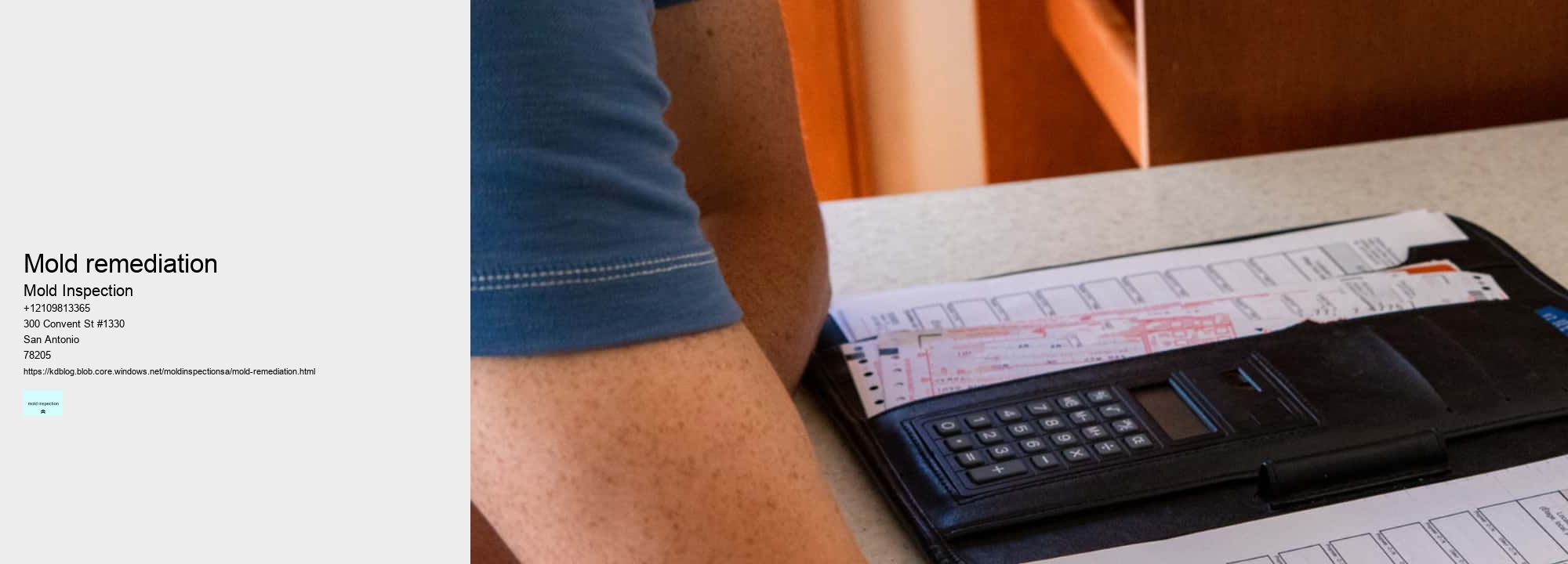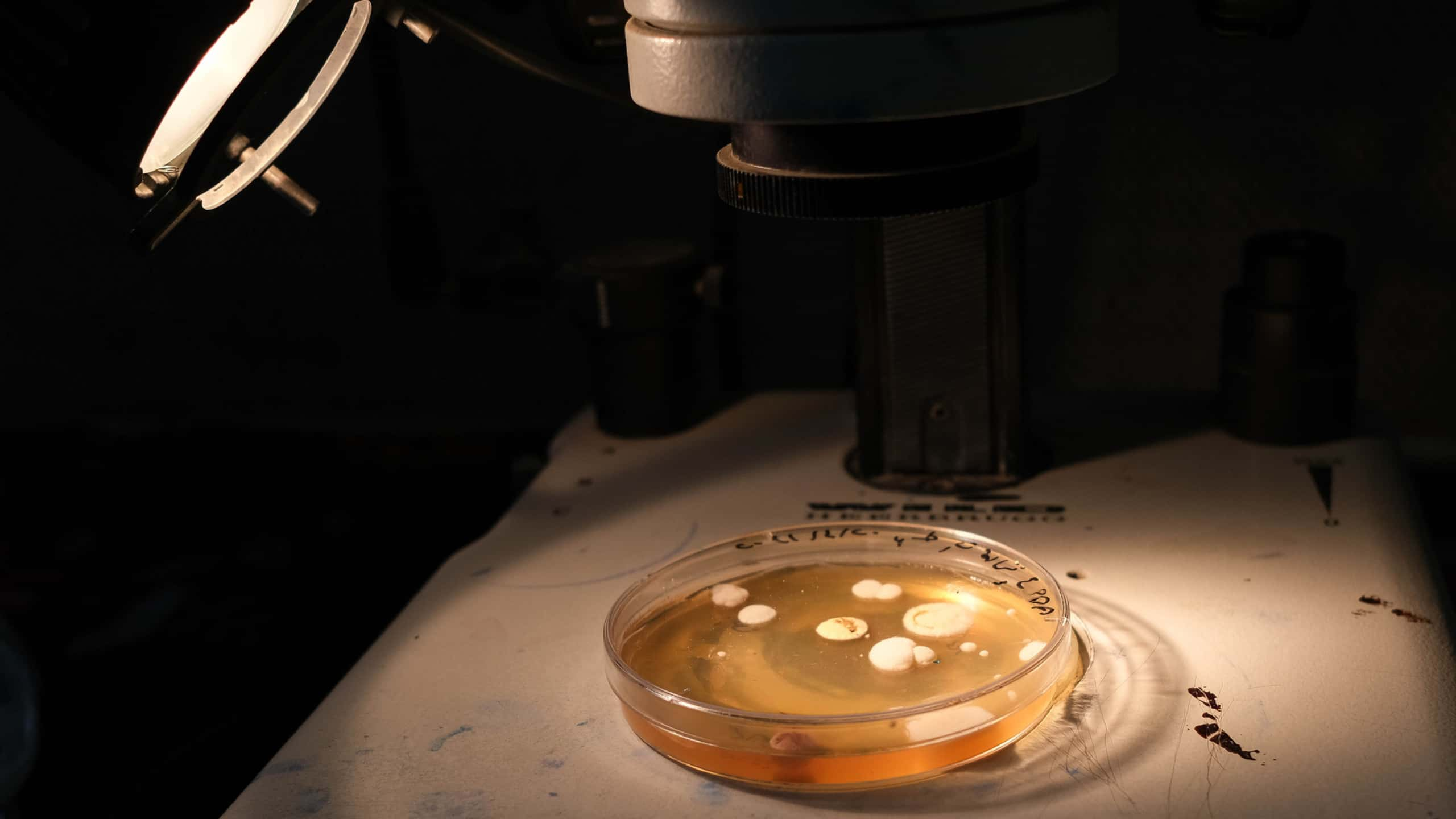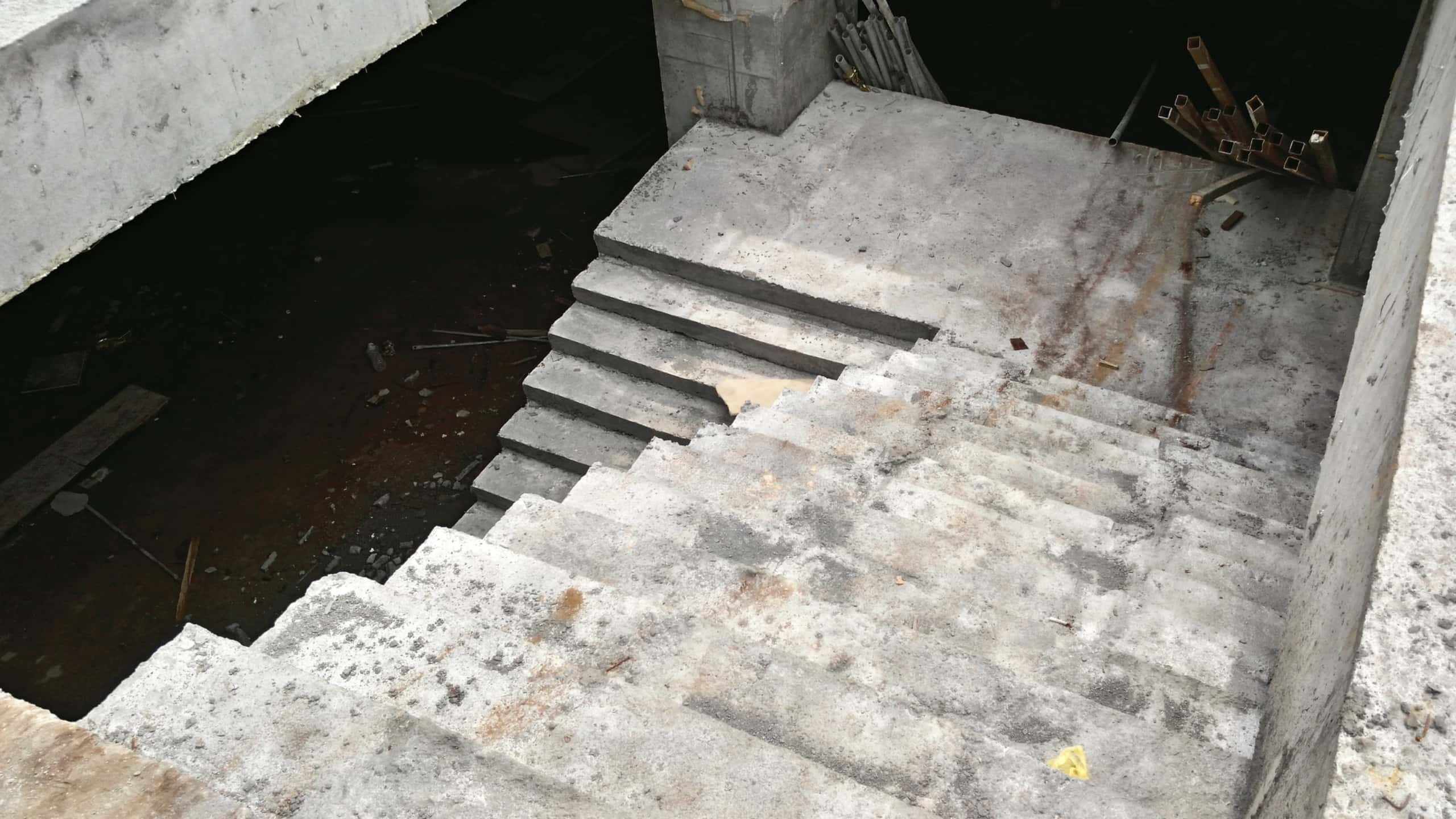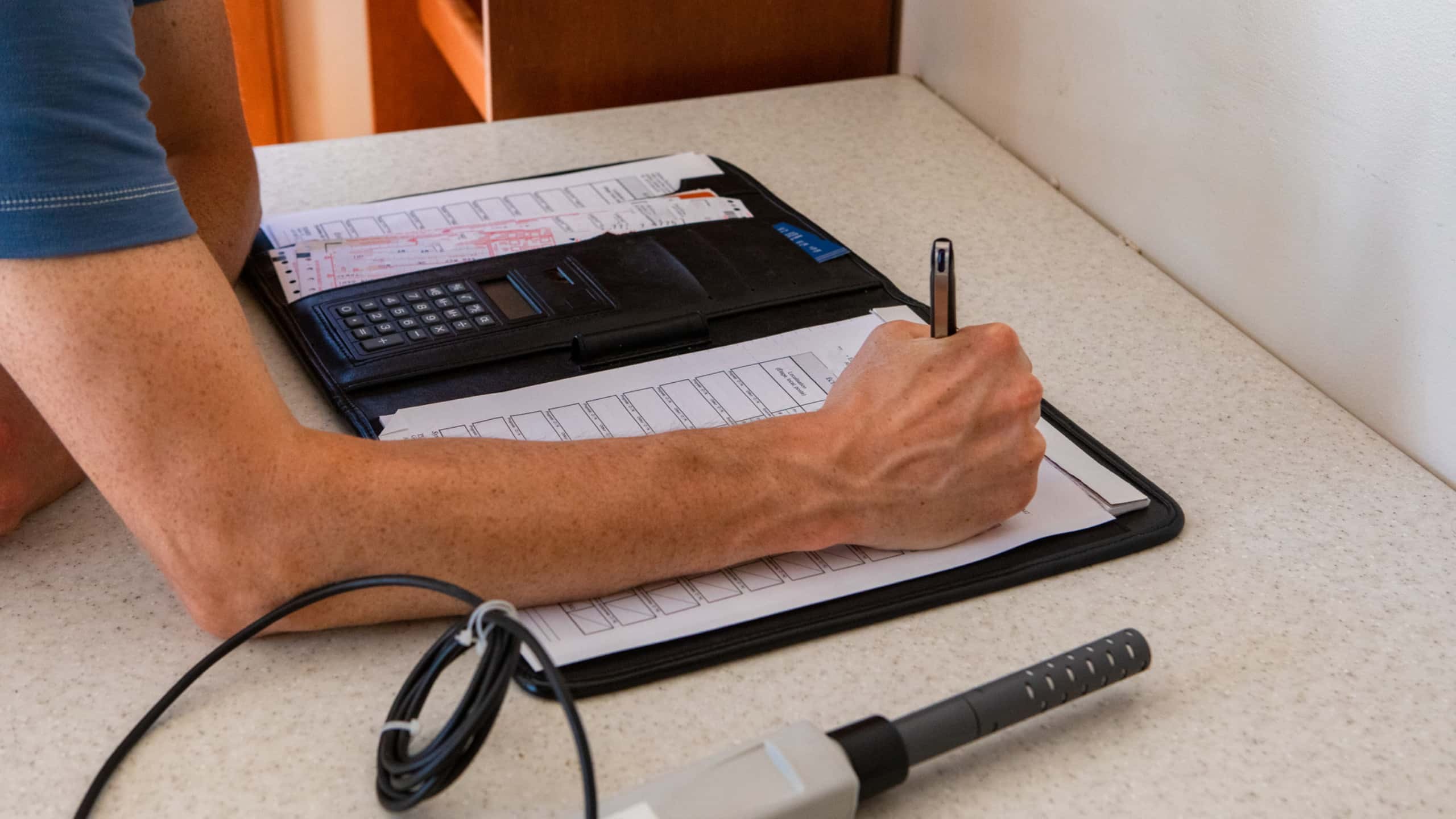






Do air purifiers help with mold? This is a question many people ask (and rightfully so!). Mold can cause serious health issues, and having an air purifier to reduce its presence is always a good idea. But do they really work?
Well, the short answer is yes! Air purifiers can be extremely effective at reducing or eliminating mold spores in the air. The filters in these devices remove particles from the air that are too small for us to see but could still be causing harm when breathed in. However, it's important to note that they won't prevent new mold growth - you'll need to take other measures for that (like fixing leaks and keeping your home dry).
Plus, air purifiers don't always come cheap! That said, if you have an issue with mold in your home then investing in one might be worth it. Not only will it improve your living space's quality of life but also provide some peace of mind knowing that you're doing all you can to protect yourself and your family from any negative effects caused by mold spores.
In conclusion, while not foolproof, air purifiers are definitely a good tool for combatting airborne mold particles. It may cost money up front but over time (and with proper maintenance) it could end up being a worthwhile investment that keeps everyone safe and healthy!
Can I test myself for mold exposure? Undoubtedly, this is a valid question. After all, not many people realize that mold can be hazardous to one's health! (It) can cause several respiratory issues and even lead to some long-term effects. Therefore, it is important to know how to detect and treat it appropriately. Fortunately, there are ways that you can test yourself for mold exposure. One of the most effective methods is through a professional inspection from an environmental hygienist or healthcare provider. They will inspect your home or office space and determine if any areas have excessive levels of molds present. This way, they can provide you with the necessary guidance on how to reduce the risk of exposure and keep your environment safe.
Mold sickness can be very serious, and it's important to know the signs (so you can get help right away). One common sign is sneezing and coughing, espeically if these symptoms are ongoing. Another indication might be watery eyes and a runny nose. In more severe cases, people may experince nausea or headaches! Additionally, feeling tired all the time or having difficulty breathing could also be signs of mold sickness.
Moreover, some people might have skin reactions such as redness or itchiness. If this occurs with other symptoms then it could be a sign that mold is present in your environment. Finally, if you notice any strange odors, this could also point to (mold) health problems. These smells will likely seem musty or damp.
So all in all, there are many possible signs of mold sickness. Some of these include coughing and sneezing; watery eyes; headaches; fatigue; difficulty breathing; skin reactions; and weird odors like must and dampness. Thus, it's crucial to pay attention to your body for any of these indicators - so you can take quick action!
Mold is a common problem in many homes, but it can be dangerous to people's health if the levels are too high. (It's) not always easy to know what an acceptable mold level is, so here's a guide! The Environmental Protection Agency recommends that indoor air contain no more than 50 mold spores per cubic meter of air for normal healthy individuals. This number drops dramatically for those with allergies or respiratory problems - they should only have 10 or fewer spores per cubic meter of air. It’s important to note that these numbers apply to visible as well as invisible mold spores.